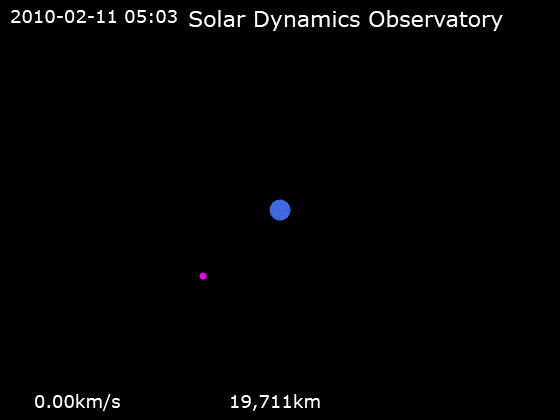Mars and Regulus Conjunction: A Stunning Celestial Event to Observe

In an exciting astronomical event, the planet Mars and the star Regulus will closely align in the western sky on June 16, 2025, offering a spectacular view for stargazers across various regions. At a separation of less than one degree, which is less than twice the apparent diameter of the full moon, this conjunction presents an exceptional opportunity for both amateur and professional astronomers to observe these celestial bodies side by side with the naked eye. Regulus, the brightest star in the constellation Leo, is renowned for its distinctive blue-white hue, which starkly contrasts with Mars' reddish appearance.
The conjunction will be particularly visible from London around 11 PM BST, according to the astronomical visualization provided by the Royal Astronomical Society. This event not only captures the interest of casual observers but also serves as an important moment for those studying the dynamics of planetary motion and star positioning.
Dr. Emily Carter, an astrophysicist at the California Institute of Technology, notes that "the proximity of Mars and Regulus will allow observers to appreciate the vast differences in color and brightness between the two celestial objects, enhancing our understanding of stellar characteristics and planetary visibility."
Mars is approximately 225 million kilometers from Earth, while Regulus is about 79 light-years away. Regulus is categorized as a blue giant star, possessing over four times the mass and diameter of our sun, and emitting approximately 340 times the sun’s energy. This immense output makes it the 21st brightest star observable from Earth, a fact highlighted by the American Astronomical Society in their recent publications.
As the week progresses following the conjunction, Mars and Regulus will gradually move apart, making the initial alignment a fleeting yet memorable spectacle. Additionally, on June 19, stargazers can expect to see the moon positioned near Saturn in the constellation Pisces, further enriching this week of celestial viewing.
Astronomical events like this conjunction not only captivate the public's imagination but also provide critical data for ongoing astronomical research. The European Space Agency's latest findings suggest that observing such alignments can yield insights into the gravitational effects of celestial bodies, which are essential for future exploratory missions to Mars and beyond.
In conclusion, this celestial pairing of Mars and Regulus is poised to be a significant event for both amateur astronomers and professional researchers alike, reinforcing the importance of public engagement in astronomical observations and inspiring future generations to explore the mysteries of our universe.
Advertisement
Tags
Advertisement




